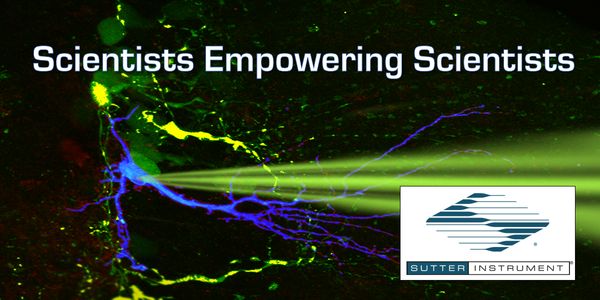Brain-Computer Interface
Brain-Computer Interface: sometimes called a neural-control interface, mind-machine interface, direct neural interface, or brain-machine interface, is a direct communication pathway between an enhanced or wired brain and an external device.
-
Speech neuroprostheses have the potential to restore communication to people living with paralysis, but naturalistic speed and expressivity are elusive. Here we use high-density surface reco...
Deep–Brain Stimulation (DBS) has become an effective means of treating a variety of neurological conditions. Most DBS systems work are "open-loop," and apply constant stimula...
JUN 16, 2022 | 8:00 AM
Date: June 16, 2022 Time: 8:00am (PDT), 11:00pm (EDT), 5:00pm (CEST) Many researchers combine electrophysiological recordings with imaging applications, where a light source with high light...
Multiscale modeling has arisen as a focus of computational systems biology, with the realization that genome, proteome, connectome, etceteromes, will only become comprehensible once placed i...
Our work focuses on developing an optical brain-machine interface capable of interacting with neural activity in real-time. In this talk, I will describe our progress toward building the com...
Working memory (the ability to hold some information in mind for a few seconds, and to manipulate that information) and decision-making (committing to one out of multiple possible choices) a...
Speaker:
Carlos Brody, PhD
, Ben Engelhard, PhD
, Stephen Keeley, PhD
, Marlies Oostland, PhD
, Lucas Pinto, MD, PhD
, Adrian Wanner, PhD
, Ilana Witten, PhD
Presented at: Neuroscience Virtual Event Series 2020
Approximately 300,000 people in the United States have a spinal cord injury with many of these individuals experiencing permanent motor and sensory deficits. For individuals with cervical sp...
Speaker:
Robert Gaunt, PhD
, Michael Boninger, MD
, Jennifer Collinger, PhD
Presented at: Neuroscience Virtual Event Series 2020
Brain machine interfaces (BMIs) aim to help patients with paralysis to use their recorded brain activity to control assistive devices. BMI research requires the collaboration of neuroscienti...
Speaker:
Tyson Aflalo, PhD
, Richard Andersen, PhD
, Spencer Kellis, PhD
, Charles Liu, MD, PhD
Presented at: Neuroscience Virtual Event Series 2020
Brain function is remarkably reliable despite the imprecise performance of neurons, and the continuous perturbations caused by aging, disease or injury. How does the brain succeed in produci...
Speaker:
Adrienne Fairhall, PhD
, Tim Gardner
, Carlos Lois, MD, PhD
Presented at: Neuroscience Virtual Event Series 2020

















